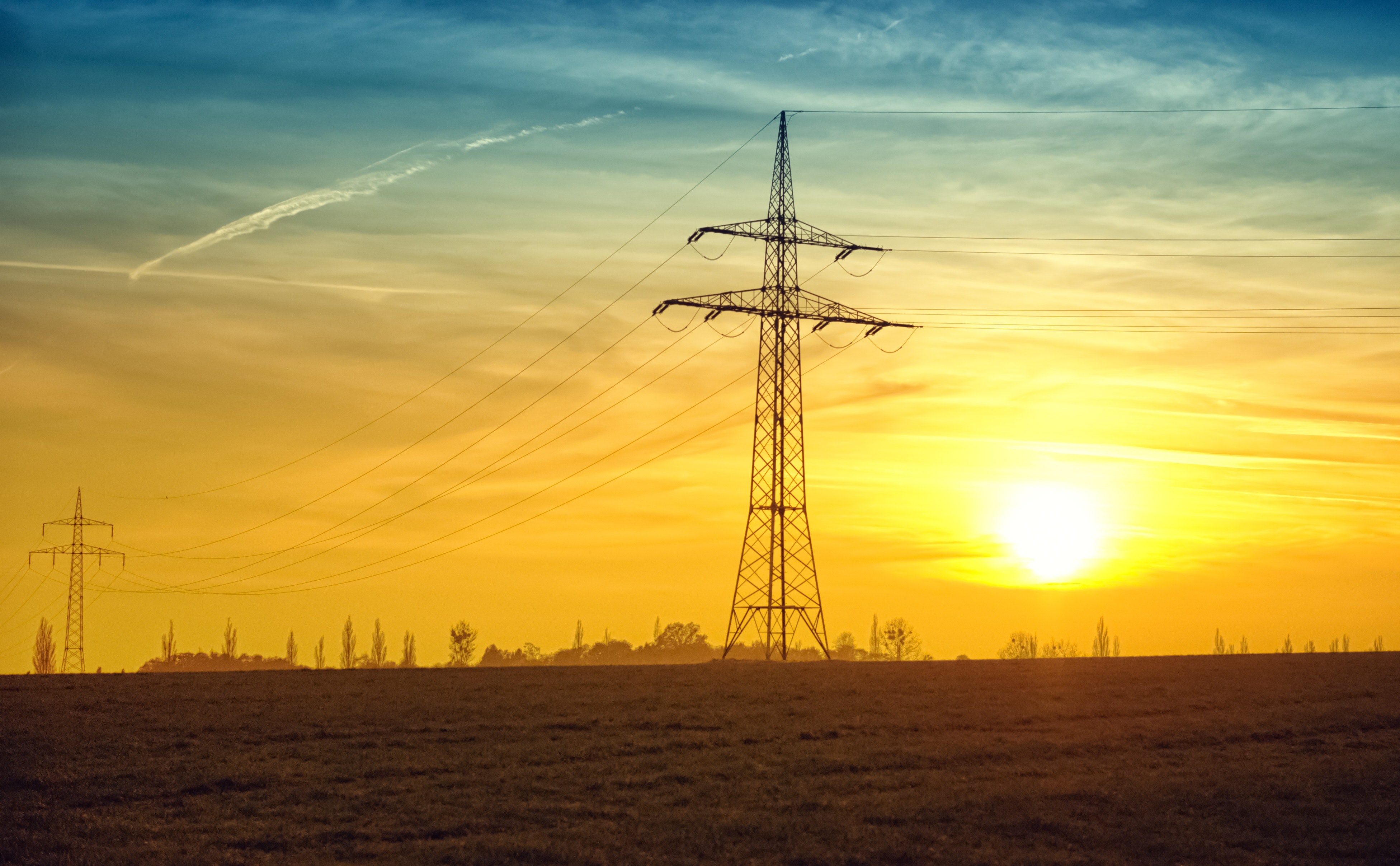On May 1, 2019, Appalachian Power Company (“APCo”) filed its first Integrated Resource Plan (“IRP”) since the enactment of Virginia’s Grid Transformation and Security Act, 2018 Senate Bill 966 (the “GTSA”). The GTSA required Dominion Energy Virginia and APCo to file IRPs in the year immediately preceding each utility’s triennial base rate case. APCo’s next base rate proceeding will be held in 2020.
In Virginia, an IRP is not a commitment to pursue any particular resource or course of action, but represents a utility’s plan for meeting customer demand over the next 15 years. The IRP statutes, Virginia Code Sections 56-597 et seq., require the State Corporation Commission (“SCC”) to review the utility’s IRP and determine whether the plan is “reasonable and in the public interest.”
APCo’s IRP incorporates the advanced energy policy objectives of the GTSA, including required investments in energy efficiency, solar energy, and battery storage resources. Per the GTSA’s directive, APCo will construct or acquire at least 200 megawatts (“MW”) of solar energy and propose at least $140 million in energy efficiency programs in the next decade. APCo will also undertake a 10 MW battery storage pilot project over the next five years. The IRP also includes a Preferred Plan, which forecasts utility scale solar additions of 450 MW by 2023 and 1,500 MW by 2033.
Notably, APCo’s IRP suggests that it will be able to meet most or all of its forecasted capacity deficit with new efficiency programs, renewable energy, and energy storage resources. The utility expects to experience a capacity shortfall of approximately 200 MW by 2033. This capacity deficit is attributable in part to the anticipated retirement of two natural gas units at the Clinch River facility in Russell County in 2026. APCo’s IRP suggests that the new advanced energy resources incentivized by the GTSA, “[including] solar, energy storage and energy efficiency resources,” will likely “eliminate most of the capacity deficit through the [15-year] planning period.”
The IRP also assumes that APCo’s customers will have 82 MW of distributed generation (“DG”) in place (i.e., such as rooftop solar) by 2023. The IRP cautions that “[i]ncreasing levels of DG present challenges for the Company from a distribution planning perspective.” Additional distributed generation, according to APCo, may require new distribution infrastructure and could result in customer “inequities” if not planned for appropriately. For example, the IRP suggests that “[a]s DG penetration grows there is a potential that the “next” applicant would be required to fund improvements that are a result of the aggregate impacts of previous DG customers because the incremental impact of the ‘next’ customer now drives a need for improvements.”
The IRP and supporting exhibits can be viewed online in Commission Docket No. PUR-2019-00058. The SCC has not yet established a hearing schedule for APCo’s IRP.
Please contact one of our energy regulatory attorneys, Will Reisinger or Matt Gooch, should you have any questions about this case. Keep up to date with the progress of this case at ReisingerGooch.com.


